Alerta
Alertas
Nature Reserve




Descripción
The Nature Reserve of Les Contamines-Montjoie covers the left side of the valley when you enter the village. Forests, pastures, torrents, rocks, snow and glaciers offer a fragile but wonderful alpine environment.
This protected area of 5,500 ha, located within the commune of Les Contamines-Montjoie is a haven of calm and tranquillity. It is classed as a “Nature Reserve” to protect it from development, which all too often ravages the countryside and natural environment. Here you can admire nature in its unspoiled state.
Take time to enjoy and savour its many different facets (lakes, mountain pastures, cliffs, glaciers). Appreciate its varied fauna and flora: chamois, ibexes and black grouse live among the gentians and rhododendrons.
The natural environment is fragile and animal life is easily disturbed, so please help us by being very careful not to interfere with the natural equilibrium.
Help preserve nature for our own and future generations.
Nature Reserves are part of the very rare areas of Haute-Savoie where nature has remained “unspoiled” by human contact. So enjoy them! Savour the silence and don’t forget that the rules exist to remind us that nature must be respected!
Información técnica
Perfil altimétrico
Información adicional
Price(s)
Free of charge.
Updated by
Office de Tourisme des Contamines-Montjoie - 04/10/2024
www.lescontamines.com
Report a problem
Open period
All year round.
Contact
Website : www.lescontamines.com/ete/decouvrir/la-station/la-reserve-naturelle/
Reception complements
Dogs must be kept on a lead to ensure that wildlife is not disturbed.
Do not pick flowers or pick up fossils, so that they may continue to be admired by all.
Take your waste with you so that the area will remain unlittered and clean.
Do not camp or build camp fires, so as not to leave any trace of your passage (mountain bivouac sites are available for your use at La Rollaz and La Balme).
Do not make unnecessary noise or engage in any activity that could disturb others, to ensure a peaceful environment for animal life and other hikers; flying over the area (via paragliding, deltaplane, helicopter etc.) is prohibited at an altitude of less than 300 m; motor vehicles are prohibited except for traditional activities (mountain pastures, forests, refuges) and chalet owners.
In winter, the wildlife is particularly vulnerable to disturbances which can deplete its energy and compromise its survival. They are very real dangers for hikers! It is recommended to stay on marked paths and to keep abreast of weather and snow conditions, or to venture out only in the company of professional mountain guides.
IGN tarjetas

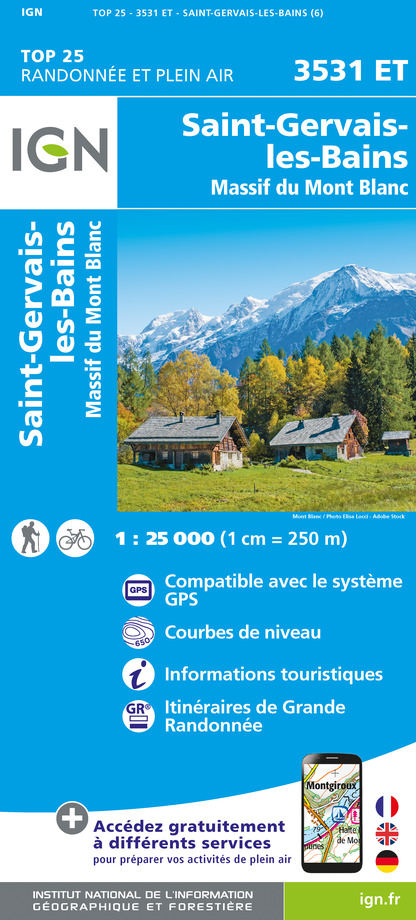

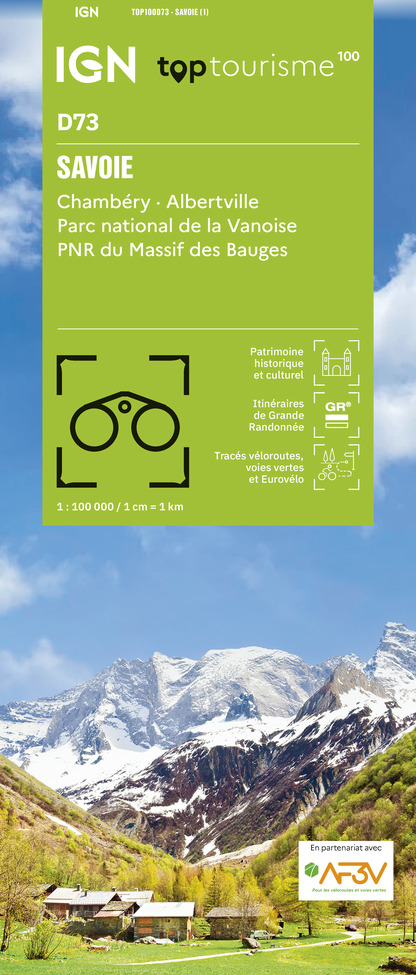
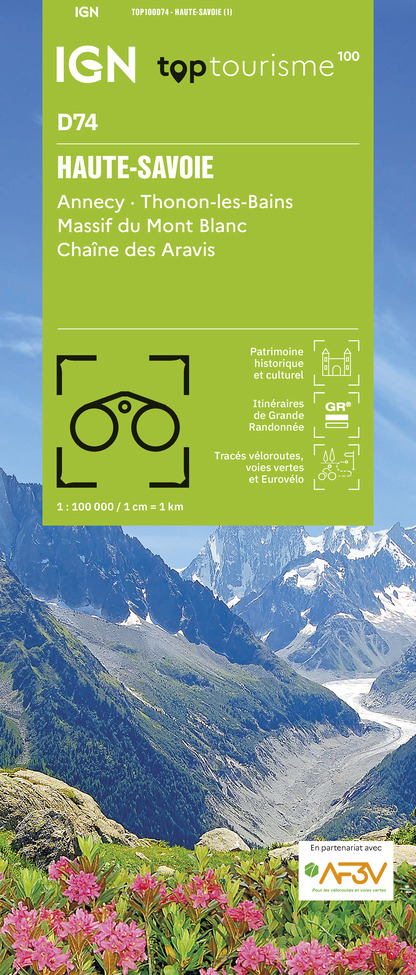

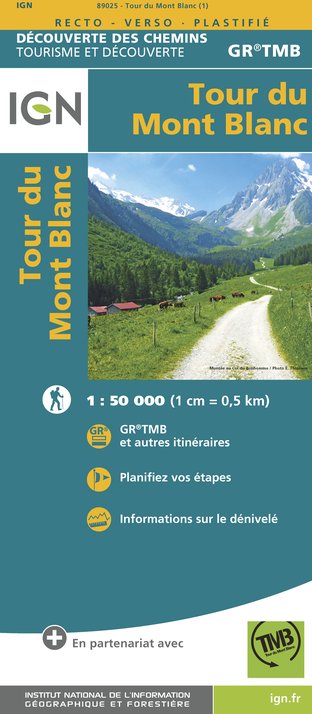

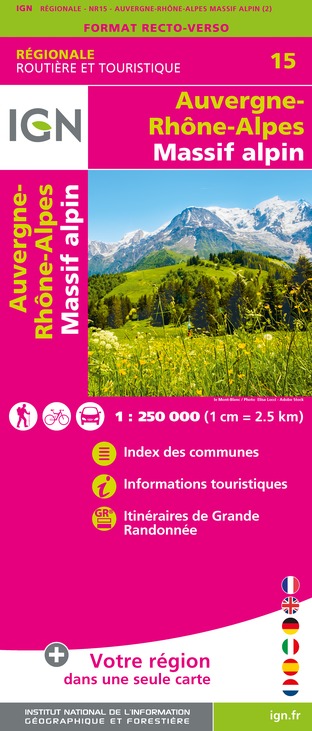

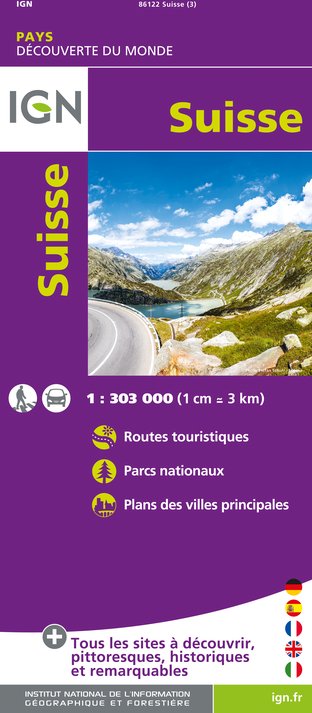

Autor de los datos
